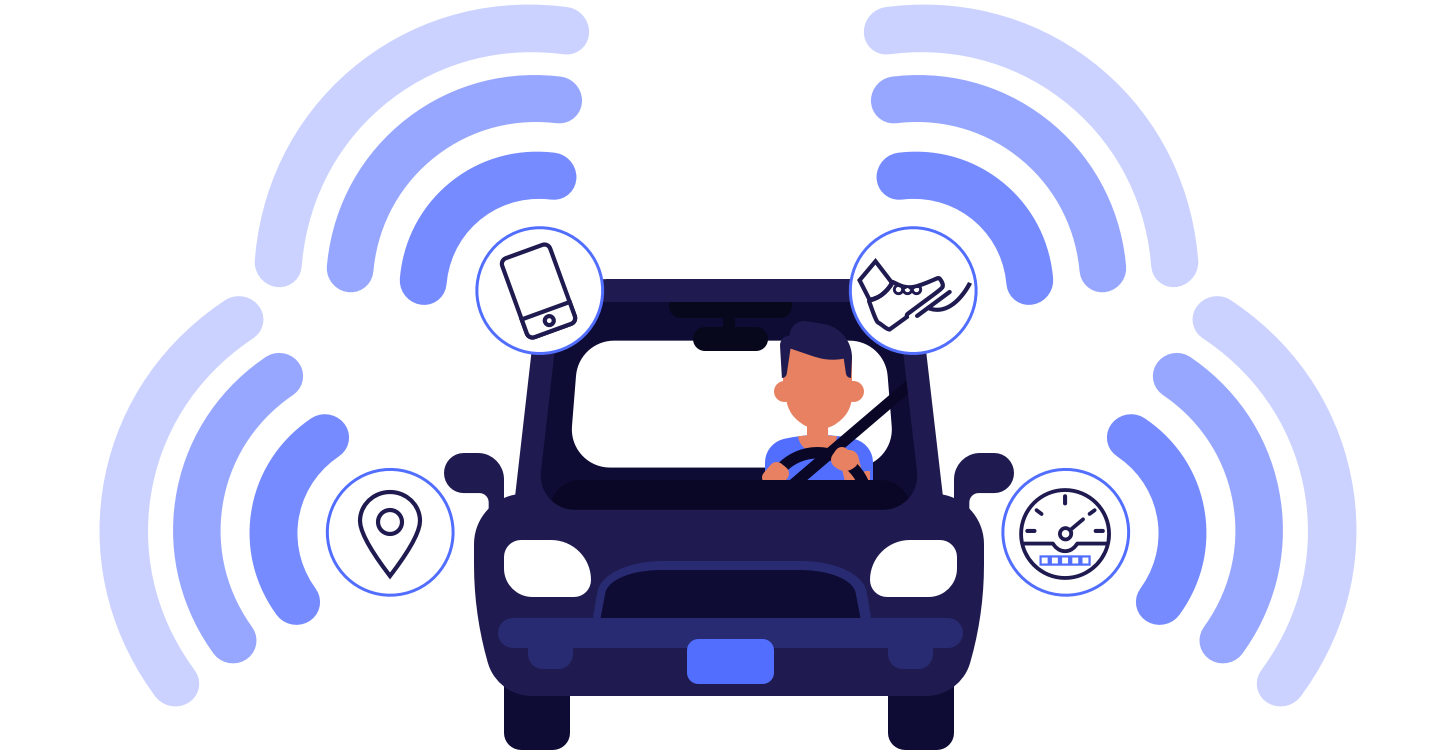With inflation on the rise, car insurance telematics programs may seem like an easy way to secure cheap auto insurance and create safer roads. In a randomized study of 174 drivers over 28 weeks, those who received driving feedback and incentives via telematics experienced a statistically significant reduction in risky driving behavior.
But do drivers trust their insurance companies with their driving data? It turns out that depends on your age, driving habits and insurance carrier. MoneyGeek conducted a nationally representative survey of over 1,000 motorists to better understand consumer attitudes toward telematics programs.




